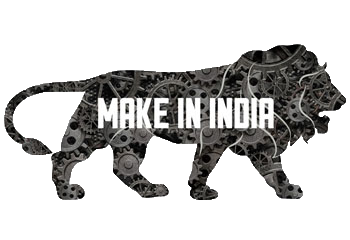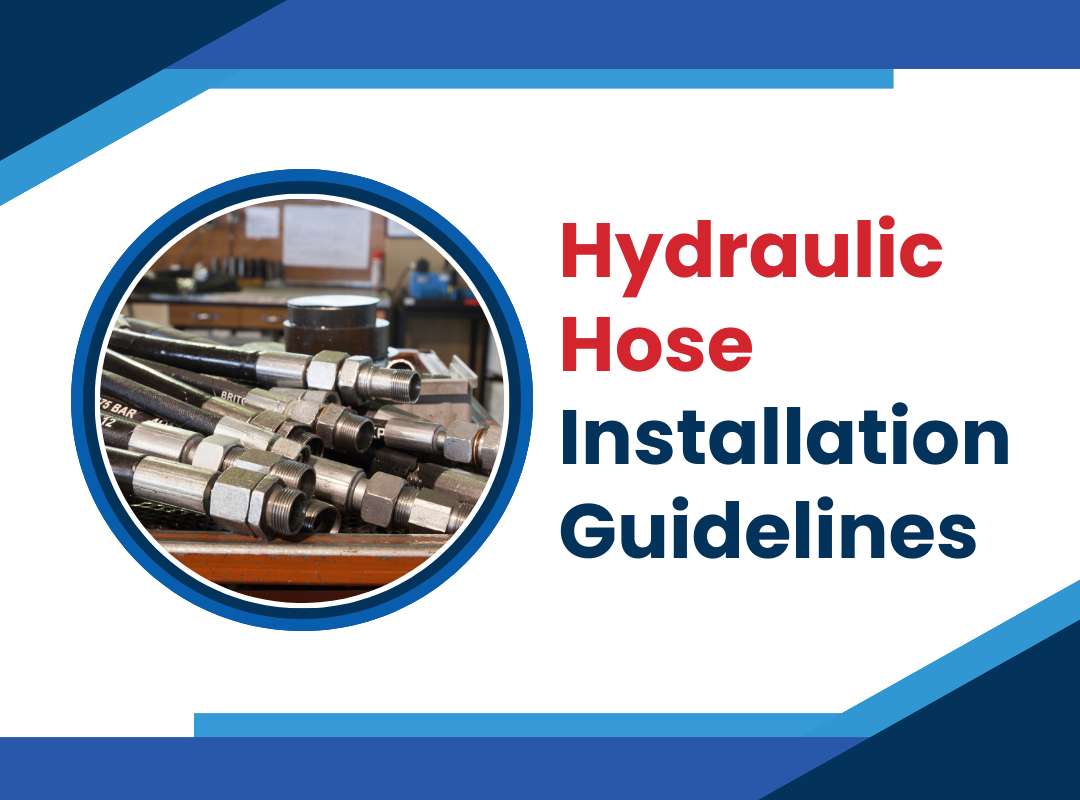Hydraulic hose installation is a vital step in ensuring that your Hydraulic Equipment performs effectively and dependably. Flexible hoses are easier to route and construct than rigid pipes in many systems, and they allow for some movement. However, there are still regulations that must be observed when it comes to hydraulic hose installation to maximize the hose assembly’s service life and avoid excessive pressure losses.
When Installing Hydraulic Hoses, Avoid Hose Twist
Avoid twisting the hose if you want it to last and cause little pressure loss. A hydraulic hose should only be bent in one direction. Also, keep in mind that moving elements might cause twisting later on.
The labeling or writing on the side of a hydraulic hose can be used as a guide, preventing the hose from twisting. If the hose becomes twisted, grip the ends and tighten the connections again using a pair of wrenches. One wrench prevents the hose from twisting while the other tightens the connection. This is known as “double wrenching.”
Choosing the Correct Bend Radius
When installing hydraulic hoses, never use a bend radius that is less than the one specified for the type of hose you are using. Using a radius that is smaller than required may not only reduce the hose’s service life but will also create pressure losses in that area of the hydraulic system. Tight bends can be employed, although they may pose issues in the long term.
Another thing to remember is that following a ferrule, which is a metal band that reinforces the hose and/or connects two sections of hose, a straight portion of hose roughly two times the outside hose diameter should come before any bends. If this rule is not observed, high-speed fluid will contact the bend, eventually causing the core tube to collapse in addition to the pressure losses.
Hydraulic Hose Installation During Hydraulic Hose
When the hydraulic system is turned on, the hoses will move. Bending the hoses with care (using the right bend radius, of course) can prevent undue tension or compression. This also aids in the absorption of rapid impact loads that may occur during system startup.
Hose Installation and Length
Hose assemblies should be long enough to meet the minimum bend radius. Hoses should never be too short to form the correct angle at the connections. It is also critical to lengthen the hoses to accommodate any expansion or contraction when the Hydraulic System is in use.
When pressured, hoses can alter the length by 2% to 4% on average. This means that the length of a 24-inch hose might vary by inch. Even if the hose is only used for a straight-line connection, it should be cut somewhat longer than necessary.
Abrasion Protection
It is critical to prevent enabling flexible hoses to interact with anything that might run against them when routing them. For example, routing a hose adjacent to a moving or vibrating element would cause abrasion, which can lead to wear and a leaking hose. Hoses can also rub against one another, resulting in abrasions. Careful routing is one answer to abrasion problems. If relocating the hose away from the issue region is not an option, consider clamping.
During Hose Installation, Routing, and Clamping
Clamping may be used to avoid abrasion or contact with hot areas of the machine or to give support for hoses.
The most important thing to know about clamping hoses is that they can shorten and lengthen while in use, so don’t clamp them too tightly. Hoses should also be secured individually to avoid abrasion.
Hoses Must Be Cleaned
The major cause of hydraulic system failure is contamination. Before installing the new hoses, they should be thoroughly cleaned. Hydraulic contamination can occur during the manufacturing process or when the hose is trimmed to suit an assembly.
The simplest technique to clean the shorter hoses is to blast any pollutants through the hose and out the other end using high-pressure air. A suitable fluid can be used to clean out longer hoses. Any fluid used, however, must be filtered beforehand or risk introducing additional contaminants.
Another method for cleaning up hoses is using a foam projectile blasted through the pipe using inert gas or compressed air.


